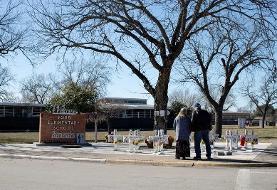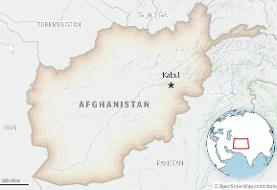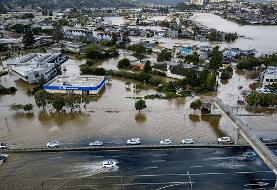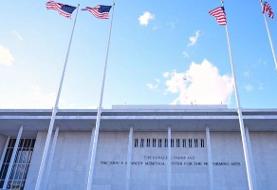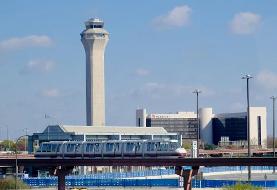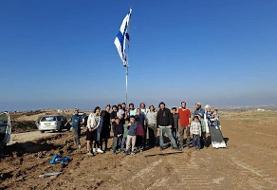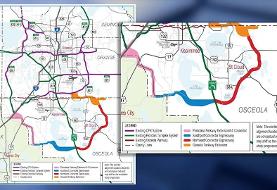Persepolis in Panorama
Persepolis (Old Persian: Pārśa, New Persian: تخت جمشيد Takht-e Jamshid or پارسه Pārseh), literally meaning "city of Persians", was the ceremonial capital of the Achaemenid Empire (ca. 550–330 BCE). Persepolis is situated 70 km northeast of city of Shiraz in Fars Province in Iran. The earliest remains of Persepolis date back to 515 BCE. It exemplifies the Achaemenid style of architecture. UNESCO declared the ruins of Persepolis a World Heritage Site in 1979.
Archaeological evidence shows that the earliest remains of Persepolis date back to 515 BCE. André Godard, the French archaeologist who excavated Persepolis in the early 1930s, believed that it was Cyrus the Great (Kūrosh) who chose the site of Persepolis, but that it was Darius I (Daryush) who built the terrace and the great palaces.
Darius ordered the construction of the Apadana Palace and the Council Hall (the Tripylon or three-gated hall), the main imperial Treasury and its surroundings. These were completed during the reign of his son, King Xerxes the Great (New-Persian Khashayar, more correctly, khašāyāršā < OPers. xšāya-āršān, 'the greatest/king of the gallant youth/young men'). Further construction of the buildings on the terrace continued until the downfall of the Achaemenid dynasty.
Images courtesy of Willy Kaemena at www.kaemena360.com




